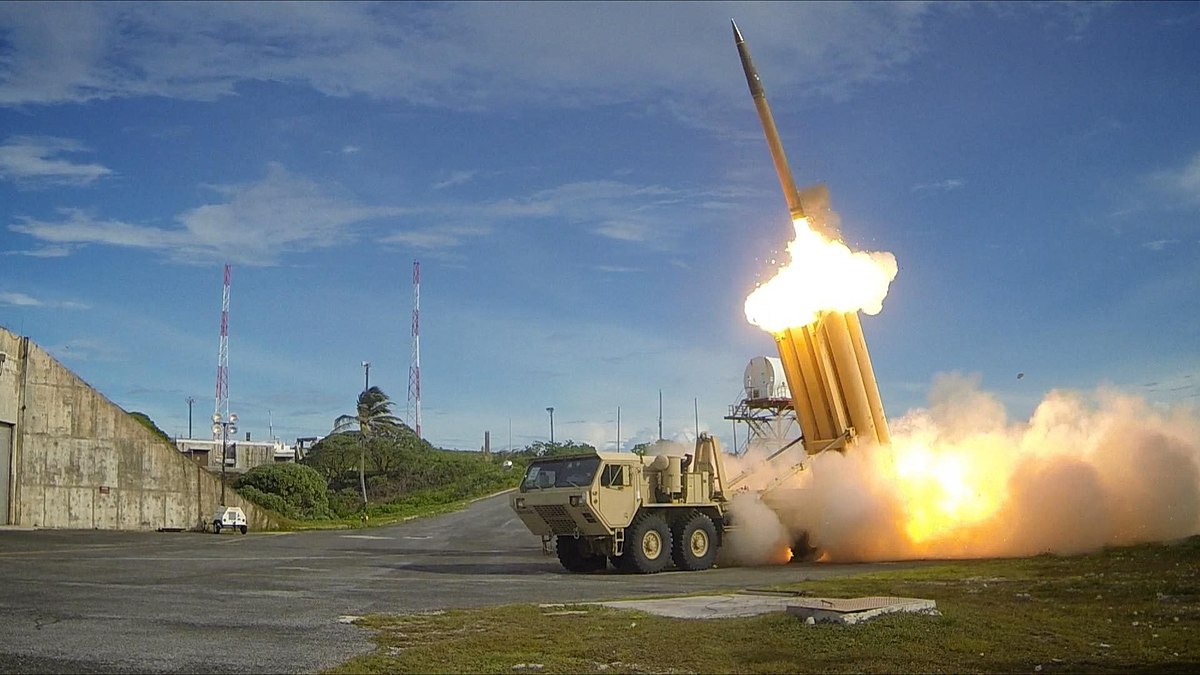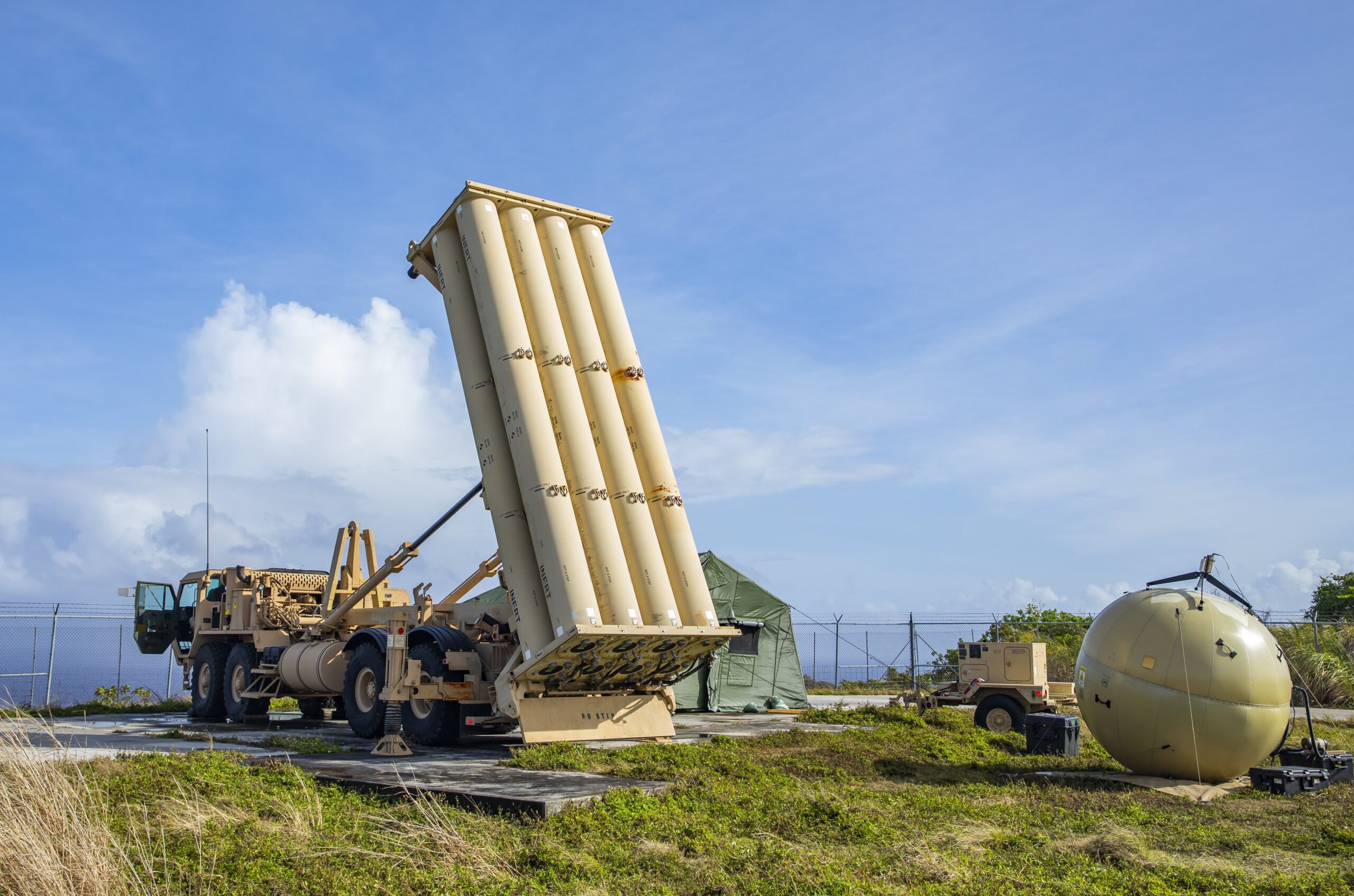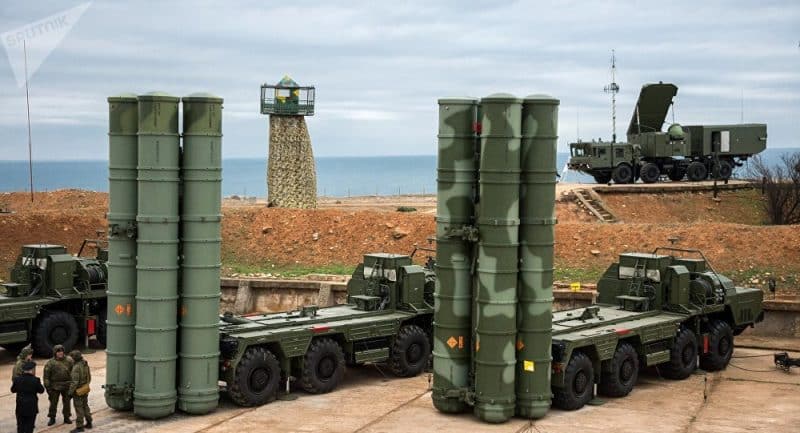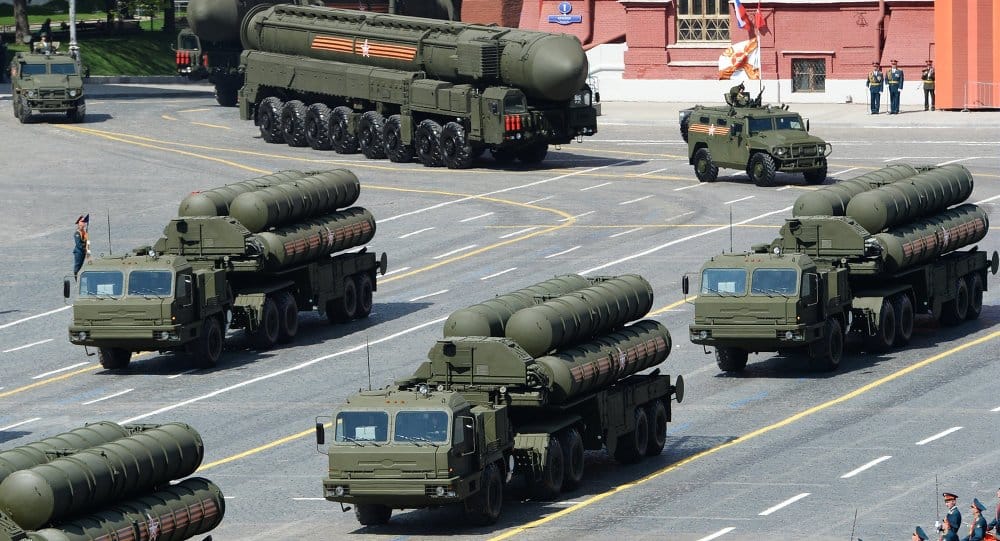HQ-19 vs THAAD vs S-400: Pakistan’s New Missile Shield Reshapes South Asia’s Strategic Battlefield
The HQ-19, a potent exo-atmospheric interceptor with hit-to-kill capabilities, marks China’s answer to the American-developed THAAD system and offers Pakistan a formidable second-tier deterrent against India’s expanding missile arsenal.
(DEFENCE SECURITY ASIA) — As Pakistan moves decisively toward the acquisition of China’s HQ-19 long-range anti-ballistic missile system, South Asia’s strategic equilibrium enters a high-stakes new phase shaped by advanced missile defence technologies and great-power alignments.
The HQ-19, a potent exo-atmospheric interceptor with hit-to-kill capabilities, marks China’s answer to the American-developed THAAD system and offers Pakistan a formidable second-tier deterrent against India’s expanding missile arsenal.
India, Pakistan’s primary regional adversary, currently fields Russia’s S-400 Triumf—one of the world’s most sophisticated multi-role air defence platforms—although New Delhi has not yet acquired a true THAAD-equivalent for high-altitude missile interception.
The HQ-19 was developed by China’s state-owned China Aerospace Science and Technology Corporation (CASC), through its specialised subsidiary, the China Academy of Aerospace Defence Technology (AADT); Russia’s advanced S-400 Triumf system was engineered by the Almaz-Antey Air and Space Defence Corporation.
Meanwhile the United States’ THAAD system was designed and produced by defence contractor Lockheed Martin, a global leader in missile defence technologies.
This article offers a comparative analysis of the HQ-19, THAAD, and S-400 across six mission-critical domains: strategic role, interception envelope, sensor capabilities, deployment architecture, regional implications, and alliance-based integration.

1. Strategic Role and Mission Objectives
The HQ-19 is engineered as a high-altitude, long-range ABM interceptor capable of neutralising medium-range and intermediate-range ballistic missiles outside the atmosphere, mirroring the mission profile of THAAD.
By design, THAAD (Terminal High Altitude Area Defense), produced by Lockheed Martin, intercepts ballistic threats in their terminal phase through a kinetic hit-to-kill approach, protecting forward-operating bases, allies, and key assets.
In contrast, the Russian-made S-400, while not classified as a true ABM system, is a multi-tiered air defence platform that can engage aircraft, UAVs, cruise missiles, and short-range ballistic missiles with diverse munitions across multiple engagement zones.
Conclusion: The HQ-19 and THAAD share overlapping strategic missions focused on long-range, high-altitude interception of ballistic threats, while the S-400 remains a broader-spectrum air defence solution.
2. Interception Envelope and Target Engagement
The HQ-19 reportedly operates between 100 km to 200 km in altitude, engaging IRBM-class targets over a radius of 1,000 km or more, with some Chinese analysts suggesting limited capability against low-end ICBMs.
THAAD’s intercept altitude ranges from 40 km to 150 km with a similar maximum reach of about 200 km, offering terminal-phase interception of short- to intermediate-range ballistic missiles but with limited utility against cruise missiles or aircraft.
The S-400’s highest-performing interceptor, the 40N6, offers a 400 km range and 30 km ceiling, delivering strong anti-aircraft and cruise missile coverage, but with limited utility against high-velocity ballistic targets.

Conclusion: The HQ-19 and THAAD dominate the exo-atmospheric ABM envelope, whereas the S-400 excels in low- to mid-altitude engagements and remains less capable against IRBMs.
3. Radar and Sensor Architecture
The HQ-19 is believed to use an advanced active electronically scanned array (AESA) radar system based on the HQ-9B’s Type 305A and may be linked to China’s growing space-based missile warning network, enabling early detection and tracking of long-range ballistic threats.
THAAD features the battle-proven AN/TPY-2 X-band radar, with a detection range exceeding 1,000 km and seamless integration into the U.S. global missile defence ecosystem, including Aegis and Patriot systems.
The S-400 combines the 91N6E “Big Bird” surveillance radar and the 92N6E “Grave Stone” fire-control radar, providing target tracking over 600 km, but it lacks the exo-atmospheric tracking fidelity of THAAD and HQ-19.
Conclusion: THAAD leads in mature, networked, long-range radar capabilities. HQ-19 benefits from China’s evolving space-based ISR infrastructure. The S-400’s sensors excel at lower altitudes but are less tailored to ballistic missile interception.
4. Mobility, Survivability, and Deployment Flexibility
All three systems are road-mobile, offering strategic mobility and flexibility in high-threat environments, but they differ in doctrine and deployment architecture.
The HQ-19 is designed to operate alongside short-range systems like the LY-80 or HQ-16, forming a layered missile shield across Pakistan’s western and eastern corridors.

THAAD is a fully mobile, self-contained unit deployable in austere and contested environments, with interoperability across multiple U.S. and allied systems via Link-16 and C2BMC networks.
The S-400’s modular design enables overlapping coverage of vast airspace, combining multiple interceptor types for simultaneous engagements of diverse aerial threats, though its ABM capabilities are relatively limited.
Conclusion: HQ-19 and THAAD prioritize altitude-specific missile defence, while the S-400 offers wide-spectrum, multi-domain coverage but with less emphasis on exo-atmospheric engagement.
5. Strategic and Regional Implications for South Asia
Pakistan’s acquisition of the HQ-19 is poised to upend the region’s strategic calculus by providing a credible exo-atmospheric shield against India’s Agni-series ballistic missiles and future MIRV-equipped delivery systems.
India’s deployment of the S-400 enhances its aerial denial capabilities but leaves gaps in its ballistic missile defence posture, prompting calls for accelerated deployment of its indigenous BMD Phase-II programme or future THAAD-like acquisitions.
A regional precedent exists: THAAD’s deployment to South Korea triggered intense backlash from both China and Russia due to its surveillance footprint—Pakistan’s HQ-19 is expected to provoke a similar response from New Delhi, especially with shared C4ISR links to China.
Conclusion: The HQ-19 levels the strategic playing field by introducing high-altitude interception capabilities into Pakistan’s arsenal, prompting India to reconsider its BMD roadmap and potentially pushing the region toward a multi-layered missile defence race.

6. Geopolitical Alignment and Interoperability
Pakistan’s alignment with China through the HQ-19 acquisition deepens strategic dependency, aligning Islamabad’s defence ecosystem with Beijing’s command, control, and sensor architecture.
THAAD’s deployment in allied states reflects Washington’s broader Indo-Pacific containment strategy, leveraging space-based ISR and integrated early-warning networks that are beyond the reach of most regional actors.
India’s S-400 procurement highlights its balancing act between Moscow and the West, but its stand-alone nature limits joint operations or interoperability within U.S.- or NATO-led ABM frameworks.
Conclusion: HQ-19 fosters deeper Sino-Pakistani military-technical cooperation. THAAD cements alliance-based defence through networked capabilities. The S-400 remains potent but structurally isolated.
Final Assessment: Strategic Trajectory and Escalation Dynamics
Pakistan’s procurement of the HQ-19 introduces a credible exo-atmospheric deterrent capable of intercepting advanced ballistic threats at range, drawing regional attention and setting the stage for an Indo-Pakistani missile defence race.
THAAD continues to be the gold standard for terminal-phase ballistic missile interception, but HQ-19’s performance profile indicates a near-peer capability that could redefine South Asia’s nuclear deterrence and escalation ladder.

India’s reliance on the S-400 provides robust air dominance and cruise missile defence, yet it does not close the ABM gap—highlighting the urgency for a THAAD-equivalent system or acceleration of indigenous Phase-II BMD with hypersonic interceptor development.
As multiple nations in the Indo-Pacific experiment with MIRVs, hypersonic glide vehicles (HGVs), and saturation attack doctrines, the presence of HQ-19, THAAD, and S-400 in the same theatre could reshape the future of deterrence, escalation management, and survivability in modern high-intensity warfare.
— DEFENCE SECURITY ASIA

